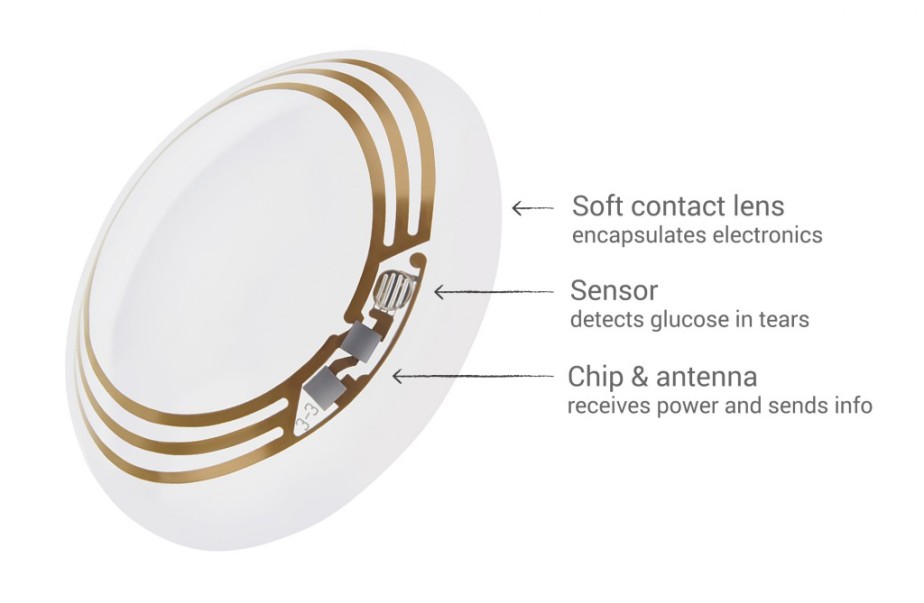
Proyecto Iris
El reciente fracaso de los Google Glass no fue suficiente para desanimar a Google en seguir experimentando e innovando con tecnologías ópticas. Chéquense ahora estos lentes de contacto “inteligentes”, cuyo desarrollo se ha llamado Proyecto Iris.
Este gadget no va a servir para tomar fotos o crear realidades aumentadas. Su creación obedece a más fines médicos que de otro tipo (es un bio-métrico), pues tiene un sensor que puede medir los niveles de glucosa en las lágrimas de quien los usa y emitir un reporte. Además claro de servir para ver, como cualquier lente de contacto.
Buenas noticias para los diabéticos…
We’re now testing a smart contact lens that’s built to measure glucose levels in tears.
Using a tiny wireless chip and miniaturized glucose sensor that are embedded between two layers of soft contact lens material. We’re testing prototypes that can generate a reading twice per second. We’re also investigating the potential for this to serve as an early warning for the wearer, so we’re exploring integrating tiny LED lights that could light up to indicate that glucose levels have crossed above or below certain thresholds. It’s still early days for this technology, but we’ve completed multiple clinical research studies which are helping to refine our prototype. We hope this could someday lead to a new way for people with diabetes to manage their disease.
We’re in discussions with the FDA, but there’s still a lot more work to do to turn this technology into a system that people can use. We’re not going to do this alone: we plan to look for partners who are experts in bringing products like this to market. These partners will use our technology for a smart contact lens and develop apps that would make the measurements available to the wearer and their doctor. We’ve always said that we’d seek out projects that seem a bit speculative or strange, and at a time when the International Diabetes Federation is declaring that the world is “losing the battle” against diabetes, we thought Project Iris was worth a shot…


